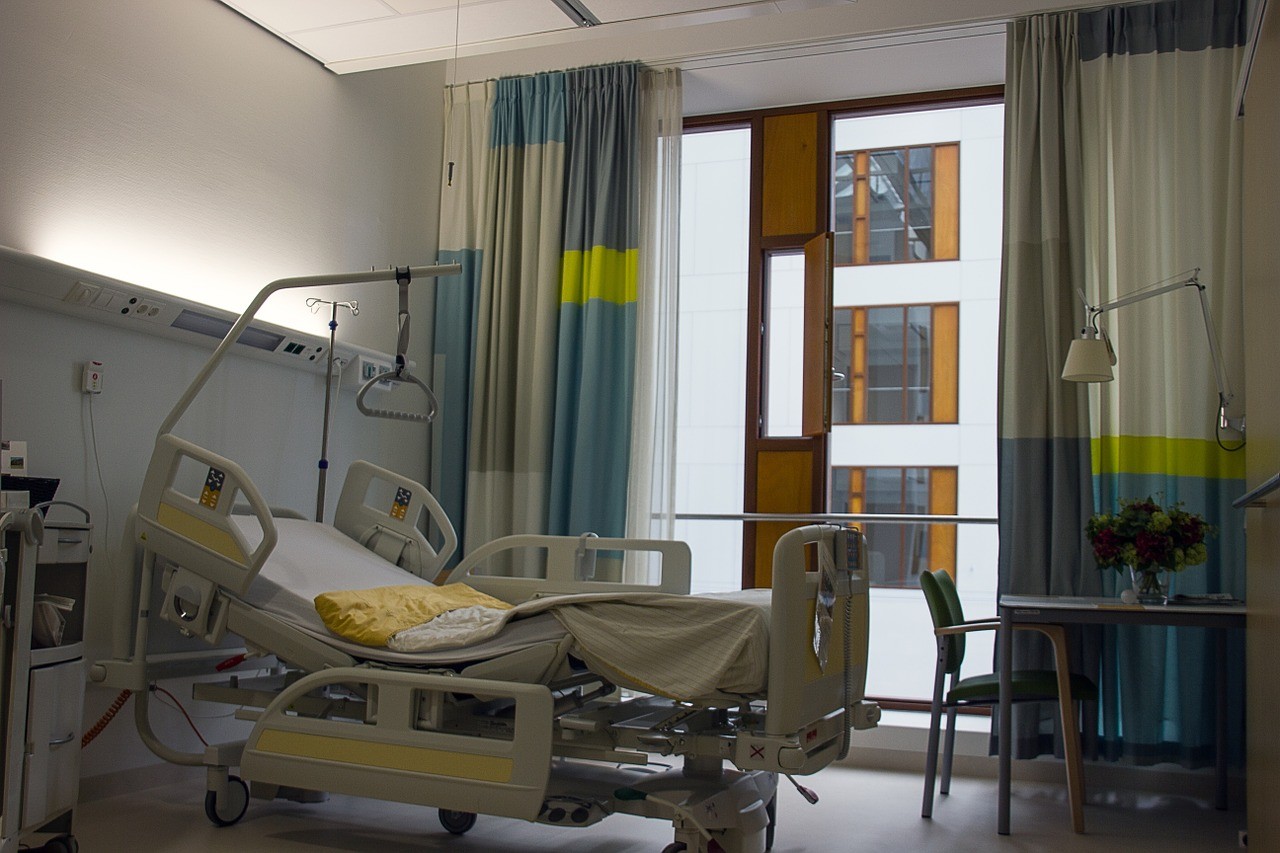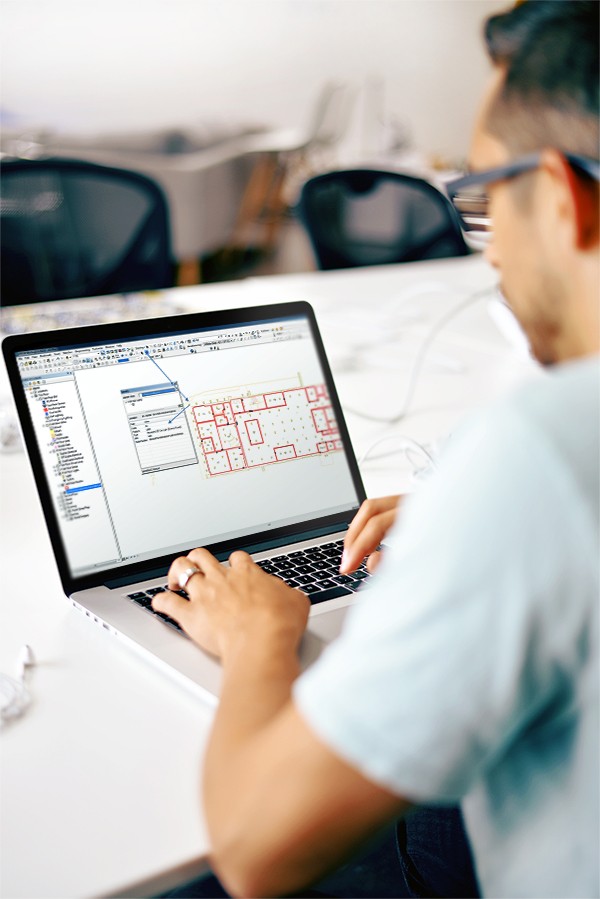Tracking Hospital Assets in Real Time
Working in a hospital, asset tracking is a done on a minute-to-minute basis. From beds, computers, charts, medical supplies, and not to mention the patients, it can be an actual pain to keep tabs on everything.
Computer files, inventory sheets, and signs on doors house a lot of the tracking information. Checking things in and out is a manual process. If a computer cart goes missing, wandering the halls is the go-to solution. You’re left scratching your head when a bed is relocated with no notice.
Real-time tracking can ease the pain of all the manual processes, and all it takes is a few tools and a little patience to make it happen.
Things you’ll need:
- A computer
- A Geographic Information System (GIS)
- Your location data (we’ll talk about this below)
- RFID Tags and Sensors
- Training
GIS for Facilities Basics
Some of our blog articles are about how facilities managers use GIS. In a nutshell, a GIS can take a blueprint or CAD drawing of a building, campus, or site, and transform into an interactive “smart map.”
Designed thoughtfully, a GIS is a key tool for facility managers who like to have all of their location data all in one spot.
Location data can be literally anything that’s associated with a location: fire extinguishers, emergency exits, networking cables, HVAC systems, etc. Facilities managers can use GIS to map out where they are all located within their buildings. Additionally, all attachments or data associated with a single asset can be accessed from within the system. The associated data can be as general or as granular as the user wants… think individual serial numbers for light bulbs.
Real-Time Asset Tracking
To be fair, tracking assets in real time is not as simple as the GIS we described above. There have to be a couple more tools involved for it to work.
To track hospital beds, RFID tags would be attached to each bed and also set up sensors in each room, hallway, or wing opening (depending on how specific the tracking is). After the system is calibrated, the GIS will update every time a bed passes through the sensors. Everyone with access to the system will know exactly where the bed is (or isn’t).
To take it a step further, you can associate the date of purchase, maintenance records, or any other information you want attached to that bed. Click on it on your smart map, and the data you input pops right up.
The same principal can be applied to any mobile asset in the whole hospital.
Training
When you set up a GIS, you’ll probably be dealing a lot with your in-house team or consulting. They will help you figure out the best way to get it working exactly how you need it to.
After that, things are a lot simpler. We were able to train our team on using the GIS reader software in just a couple of hours. There are always new things to learn, but the basic functionality is truly user-friendly. The bottom line? Training time and costs are minimal.
Cost/Benefit
Speaking of cost, implementation of a GIS with real-time tracking has a few upfront: the GIS setup, RFID tags, and sensors. The good news? You can download GIS reader software for free, and from there everything is purely maintenance.


